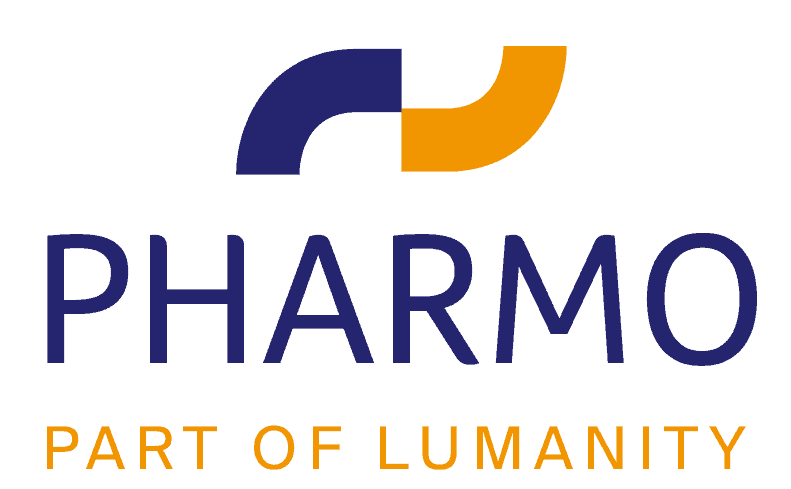INTRODUCTION: The GNB3 C825T polymorphism has been shown to affect lipid parameters, atherosclerosis progression, and incidence of myocardial infarction (MI). Therefore, we assessed whether the effectiveness of statins in reducing the risk of MI wamodified by the GNB3 C825T polymorphism. METHODS: In a population-based registry of pharmacy records linked to hospital discharge records (PHARMO), we used a nested case-control design. We selected patients hospitalized for MI as cases if they used antihypertensive drugs and had a diagnosis of hypercholesterolemia before their first MI. Controls met the same eligibility criteria, but were not hospitalized for MI. Logistic regression analysis was used to calculate odds ratios (OR) and synergy index withcorresponding 95% confidence intervals (CI), and to adjust for potential confounding factors. RESULTS: We included 459 cases and 1805 controls. The risk of MI was significantly lower among participants exposed to statins compared with participants not exposed to statins (adjusted OR: 0.37, 95% CI: 0.29-0.47). The GNB3T allele was associated with a reduced risk of MI (adjusted OR: 0.74, 95% CI: 0.60-0.92). Among homozygous wild-type (CC) individuals (n=1119), exposure to statins was associated with a lower risk of MI (OR: 0.48, 95% CI: 0.34-0.67). However, T allele carriers (CT and TT) who used statins had an even stronger reduced risk of MI (OR: 0.27, 95% CI: 0.19-0.39). Overall, the interaction between exposure to statins and the GNB3 C825T polymorphism was significantly increased on the multiplicative scale (synergy index: 1.67, 95% CI: 1.06-2.65). CONCLUSION: Our findings show that T allele carriers of the GNB3 C825T polymorphism have less risk of MI and are more likely to benefit from statin therapy in a hypercholesterolemic population of antihypertensive drug users.
